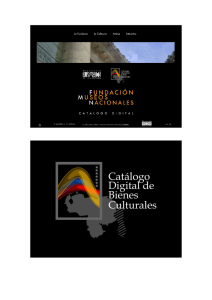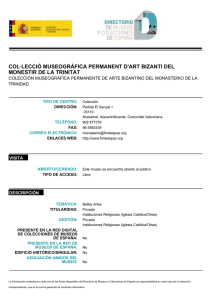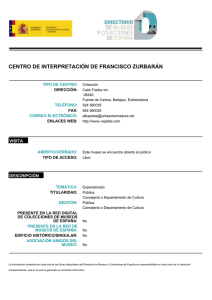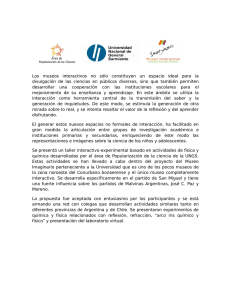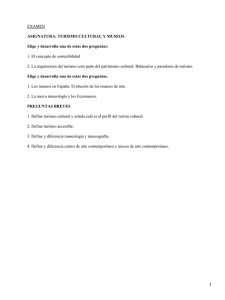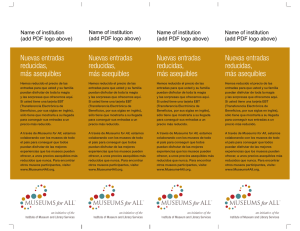I like visiting the places I go to, and walking round a museum has
Anuncio
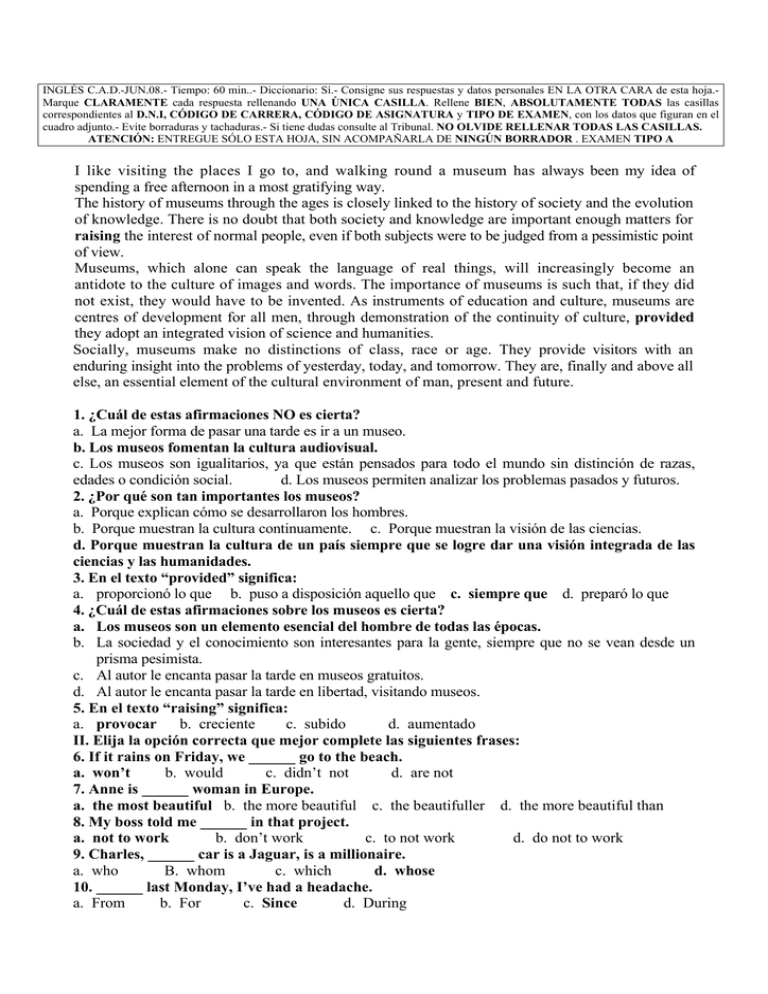
INGLÉS C.A.D.-JUN.08.- Tiempo: 60 min..- Diccionario: Sí.- Consigne sus respuestas y datos personales EN LA OTRA CARA de esta hoja.Marque CLARAMENTE cada respuesta rellenando UNA ÚNICA CASILLA. Rellene BIEN, ABSOLUTAMENTE TODAS las casillas correspondientes al D.N.I, CÓDIGO DE CARRERA, CÓDIGO DE ASIGNATURA y TIPO DE EXAMEN, con los datos que figuran en el cuadro adjunto.- Evite borraduras y tachaduras.- Si tiene dudas consulte al Tribunal. NO OLVIDE RELLENAR TODAS LAS CASILLAS. ATENCIÓN: ENTREGUE SÓLO ESTA HOJA, SIN ACOMPAÑARLA DE NINGÚN BORRADOR . EXAMEN TIPO A I like visiting the places I go to, and walking round a museum has always been my idea of spending a free afternoon in a most gratifying way. The history of museums through the ages is closely linked to the history of society and the evolution of knowledge. There is no doubt that both society and knowledge are important enough matters for raising the interest of normal people, even if both subjects were to be judged from a pessimistic point of view. Museums, which alone can speak the language of real things, will increasingly become an antidote to the culture of images and words. The importance of museums is such that, if they did not exist, they would have to be invented. As instruments of education and culture, museums are centres of development for all men, through demonstration of the continuity of culture, provided they adopt an integrated vision of science and humanities. Socially, museums make no distinctions of class, race or age. They provide visitors with an enduring insight into the problems of yesterday, today, and tomorrow. They are, finally and above all else, an essential element of the cultural environment of man, present and future. 1. ¿Cuál de estas afirmaciones NO es cierta? a. La mejor forma de pasar una tarde es ir a un museo. b. Los museos fomentan la cultura audiovisual. c. Los museos son igualitarios, ya que están pensados para todo el mundo sin distinción de razas, edades o condición social. d. Los museos permiten analizar los problemas pasados y futuros. 2. ¿Por qué son tan importantes los museos? a. Porque explican cómo se desarrollaron los hombres. b. Porque muestran la cultura continuamente. c. Porque muestran la visión de las ciencias. d. Porque muestran la cultura de un país siempre que se logre dar una visión integrada de las ciencias y las humanidades. 3. En el texto “provided” significa: a. proporcionó lo que b. puso a disposición aquello que c. siempre que d. preparó lo que 4. ¿Cuál de estas afirmaciones sobre los museos es cierta? a. Los museos son un elemento esencial del hombre de todas las épocas. b. La sociedad y el conocimiento son interesantes para la gente, siempre que no se vean desde un prisma pesimista. c. Al autor le encanta pasar la tarde en museos gratuitos. d. Al autor le encanta pasar la tarde en libertad, visitando museos. 5. En el texto “raising” significa: a. provocar b. creciente c. subido d. aumentado II. Elija la opción correcta que mejor complete las siguientes frases: 6. If it rains on Friday, we ______ go to the beach. a. won’t b. would c. didn’t not d. are not 7. Anne is ______ woman in Europe. a. the most beautiful b. the more beautiful c. the beautifuller d. the more beautiful than 8. My boss told me ______ in that project. a. not to work b. don’t work c. to not work d. do not to work 9. Charles, ______ car is a Jaguar, is a millionaire. a. who B. whom c. which d. whose 10. ______ last Monday, I’ve had a headache. a. From b. For c. Since d. During
